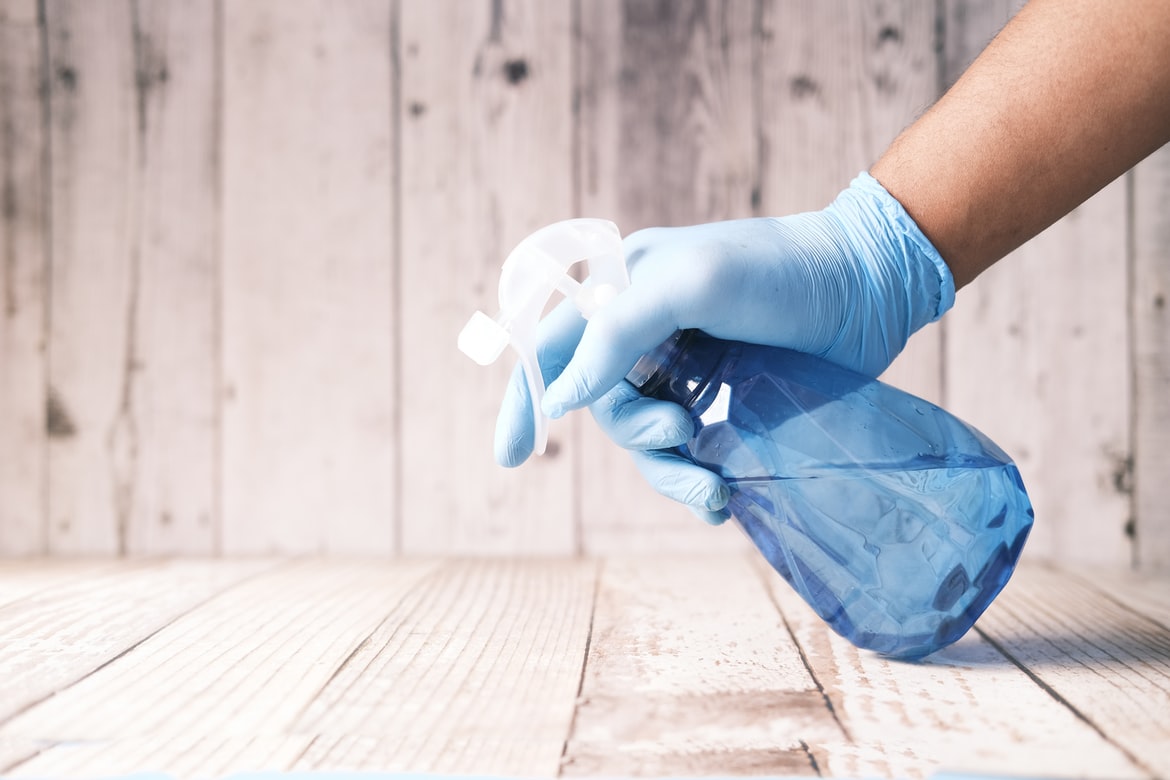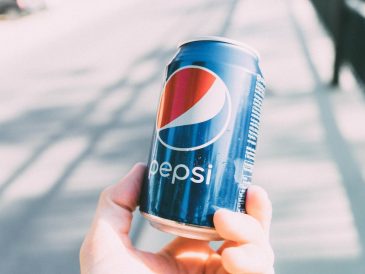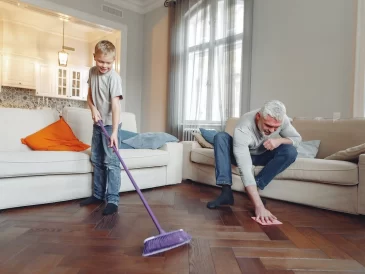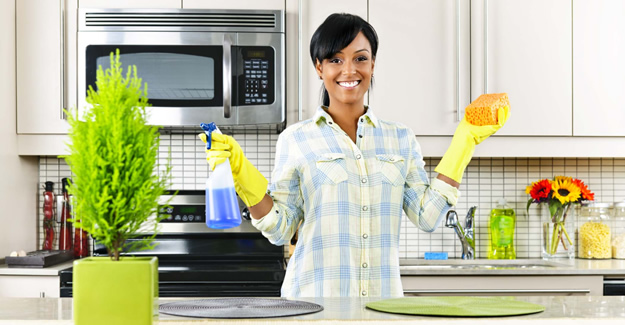There are many uncertainties when it comes to the origins of COVID-19 and how it is spread. We know that the virus is more likely to be spread through person-to-person contact (within about 3 meters). For this reason, it is recommended at this point to keep your distance and stay safe.
But what do we know about COVID-19 and surfaces? Is it possible for the corona virus to live on your food, shoes, or your home’s doorknobs?
While it is more likely that you will contract COVID-19 through close contact with other people, there is still evidence that the virus can remain active on certain surfaces for hours or even days. Therefore, you must ensure proper disinfection, cleaning, and sanitizing, especially during this pandemic.
But have you ever asked yourself what the differences are between disinfecting, cleaning, sanitizing, and sterilizing? Let’s take a look:
What is Disinfecting?

Disinfection involves the use of chemicals to kill pathogens on surfaces and objects. Some commonly used disinfectants are bleach and alcohol solutions. Usually, the disinfectant has to be left on the surfaces and objects for a certain time to kill the germs.
It is essential that you properly clean and disinfects the surfaces in your home. Germs, also known as “micro-organisms”, can easily make you sick, and I am not only talking about Covid-19. They live on various surfaces and are able to contaminate food, kitchen utensils, and other items you use to prepare and eat your food.
You can use a store-bought disinfectant that claims to kill 99.9 % of germs, or you can ‘DIY’ one at home. Make your disinfectant solution with chlorine bleach. Before you start mixing away, protect your skin and eyes (rubber gloves and safety glasses). You need to mix 50 parts water to 1 part 5% chlorine bleach. This mixture is considered a medium-level disinfectant and will properly disinfect most surfaces without harming your health. Make sure to never mix chlorine with ammonia, as this mixture creates a gas that can be dangerous to your health.
What Is Cleaning?
Surfaces need to be cleaned in order to remove germs, dirt, and other impurities. Use a universal detergent and a microfiber or terry cloth to clean a surface to remove the dirt.
Cleaning agents in combination with the right cleaning procedure remove almost all germs and contaminants from the surface. Cleaning only removes germs and dirt from the surface, and it does not kill them. Pathogens that are not removed will continue to multiply and spread.
What is Sanitizing?

Sanitizing reduces bacteria to a safe level which reduces the risk of infection; however, it is important to know that not all viruses will be killed. Therefore, although sanitizing agents can kill most certain types of bacteria, sanitizing techniques and products alone cannot eliminate all viruses.
But that does not mean that you should not sanitize your surfaces; in fact, sanitizing is a step above cleaning; it kills a larger amount of pathogens and is required for any surface in contact with food.
What is Sterilization?
Sterilization is defined as a process of complete elimination or destruction of all forms of microbial life, carried out by various physical and chemical methods.
Sterilization methods can include pressured steam, hydrogen peroxide gas, ethylene oxide gas, ionizing radiation ( used for medical equipment), dry irradiation (for medical instruments), infrared radiation, and advanced filtration. Because of the potential hazards and complexity, most sterilization methods are only carried out by professionals. Never try these methods yourself or let an untrained professional do it.
Now that you know about the terminologies’ differences, you will be able to know what to do at home. You will probably be cleaning every day, and it is required to sanitize at least once a week. But during the pandemic, it is recommended to increase the sanitizing frequency. Let us know in the comments how many times you sanitize your house per week…





